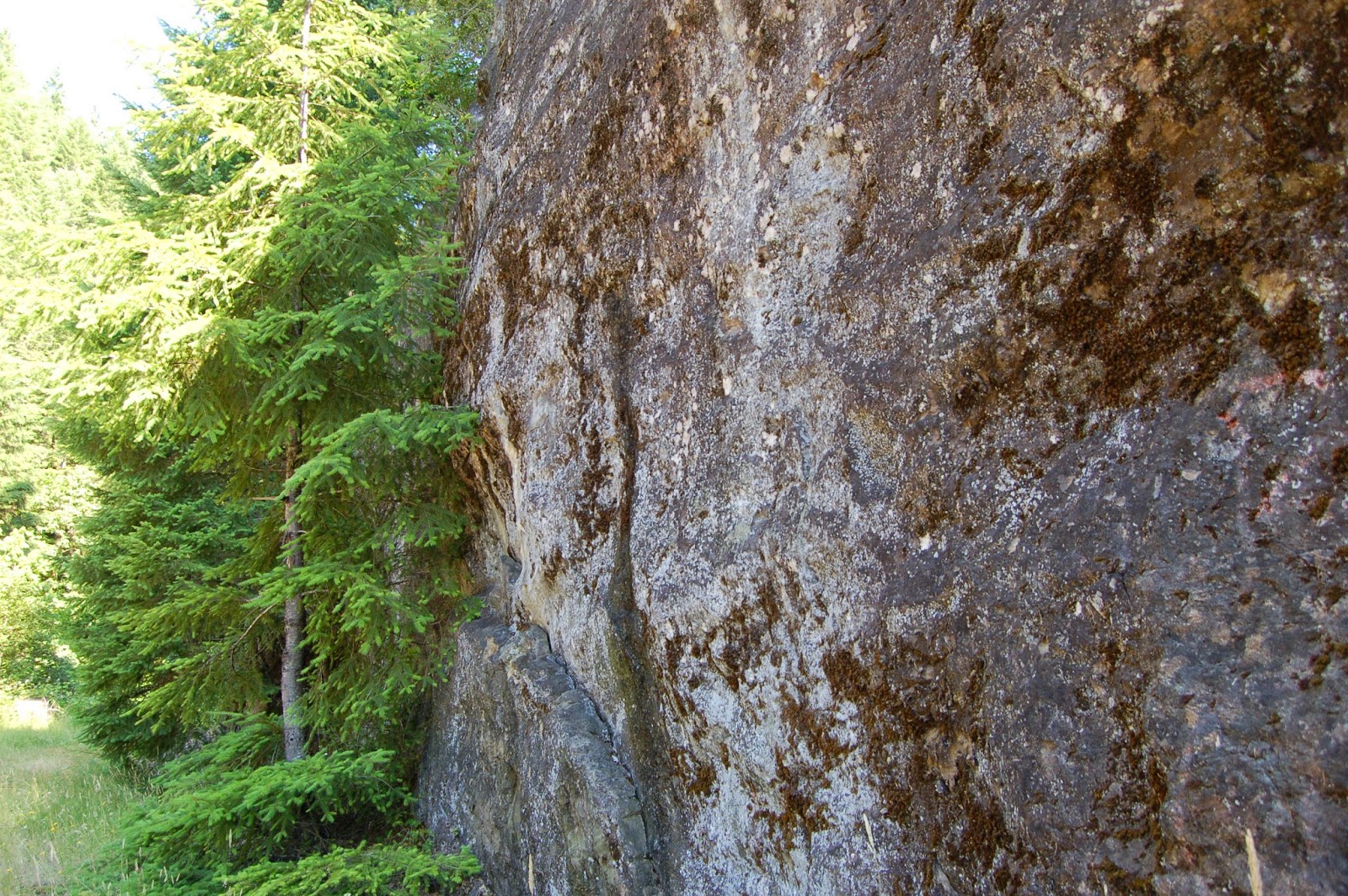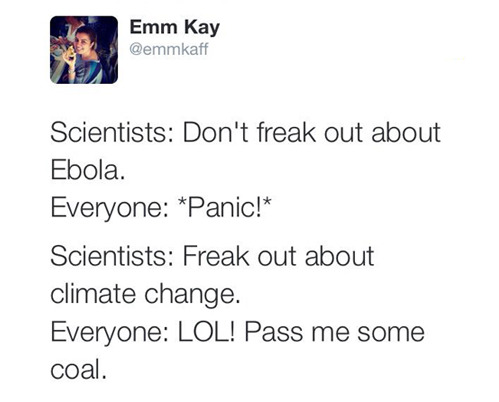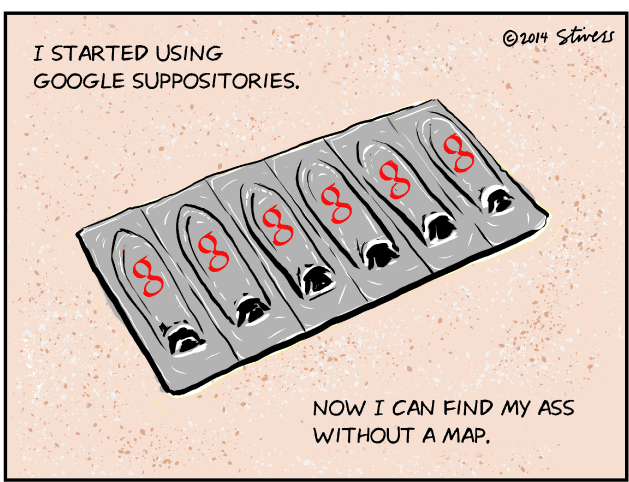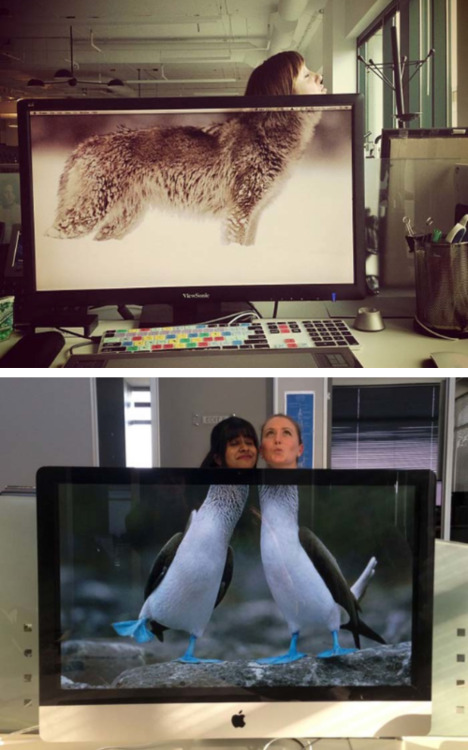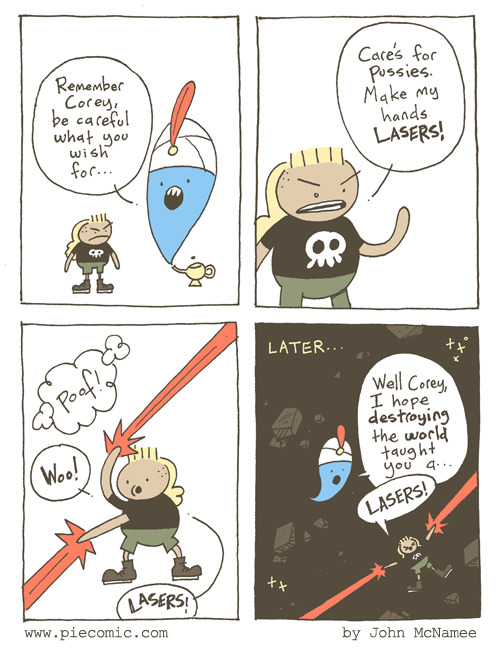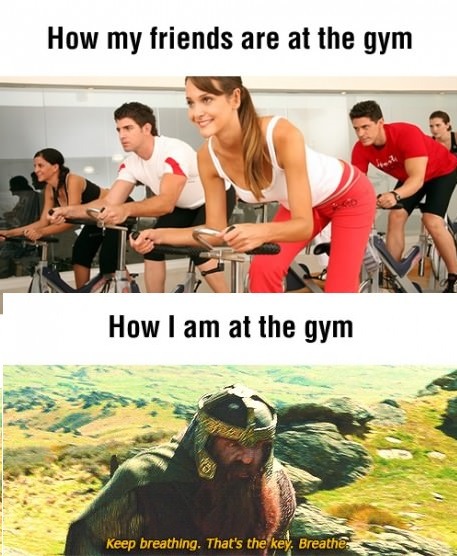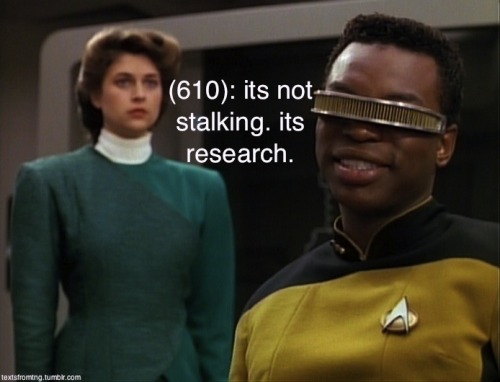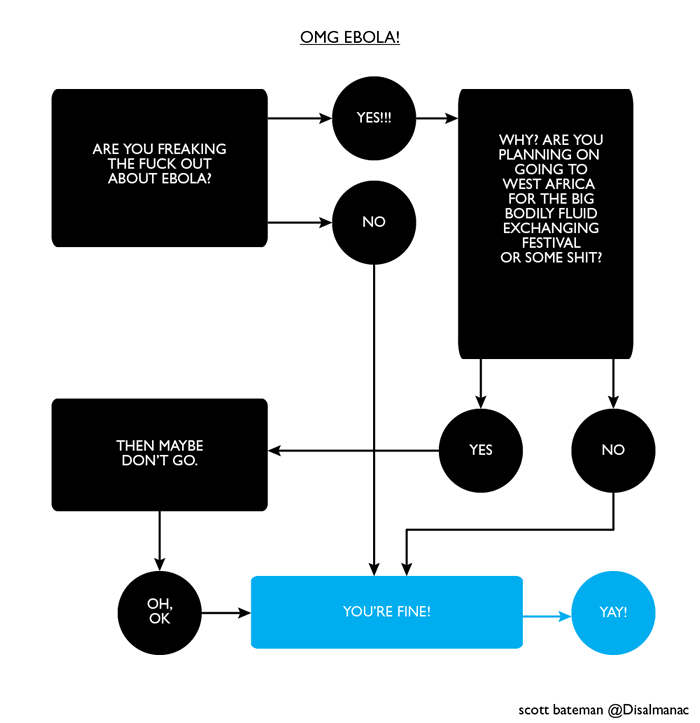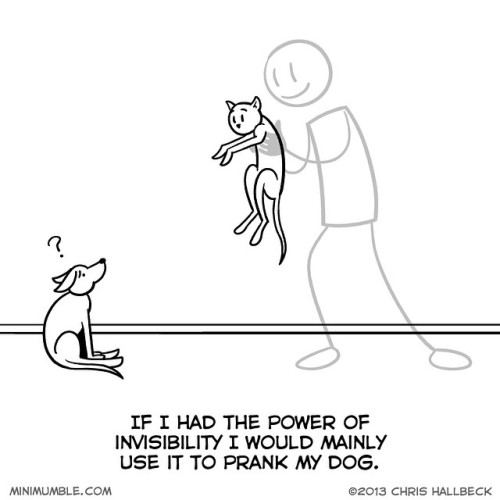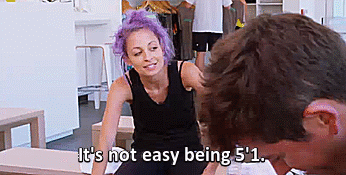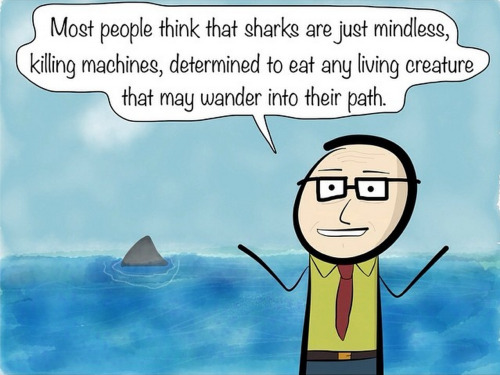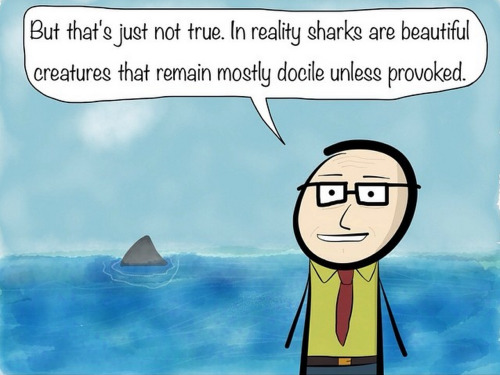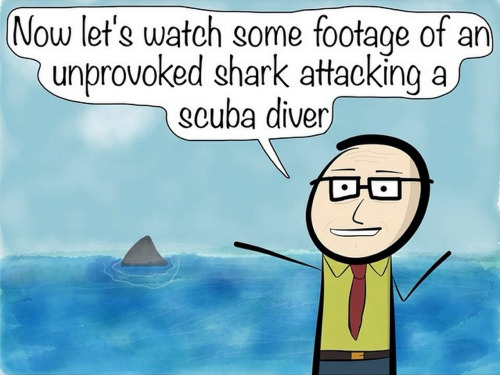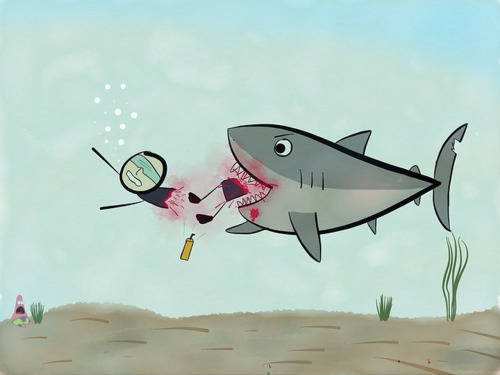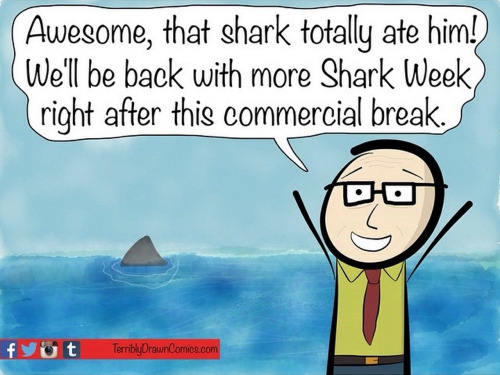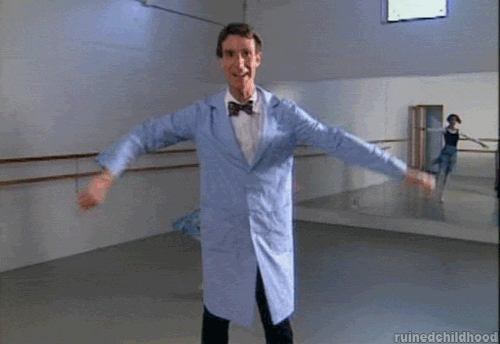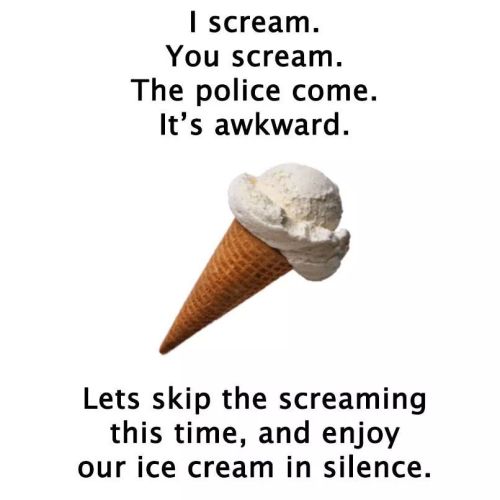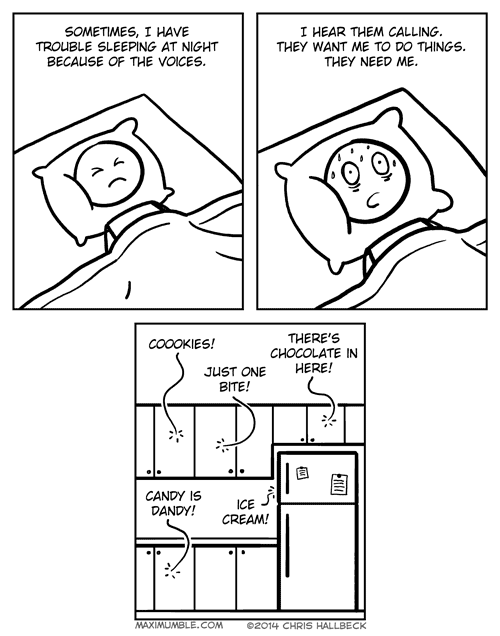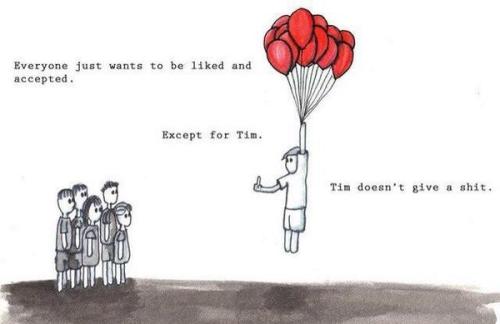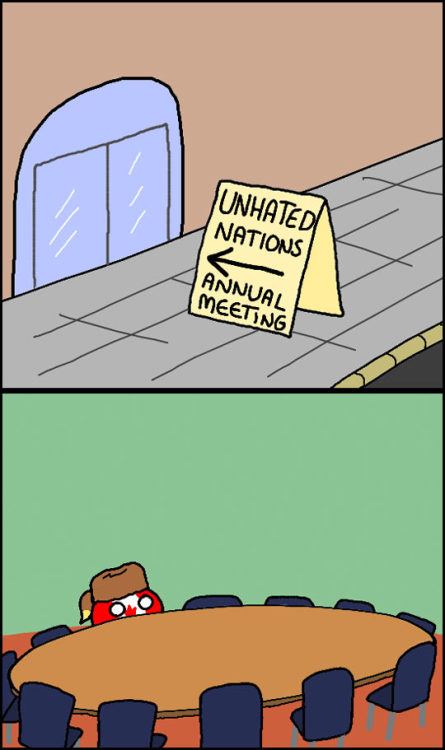This is typically what slickensides look like in the field. Though this is somewhat weathered, and heavily colonized by lichen (light spots) and moss (dark green spots), the scratches, aka striations, are clearly evident. At the very least, these striations are so-called "bidirectional indicators," meaning that their orientation gives the observer two possible directions for offset. In this case that would be to the left and down about 20 degrees, or to the right and up about 20 degrees. In some cases, there are visible steps that would constrain motion to just one of those directions, though I've seen nothing here I would call persuasive. And as I recall, there was some controversy when I was an undergrad about the reliability of these unidirectional indicators. On the other hand, there have definitely been outcrops where running my fingertips in one direction along the slicks has met less resistance than in the other direction, even with visible steps apparently absent.
So in the end, given my background, training and experience, I tend to treat slickensides as bidirectional indicators, and speculate about which of the two possibilities was the actual offset direction only with caution.
Photo unaltered. August 5, 2012. FlashEarth Location.
Is This Your Hat?
11 years ago

